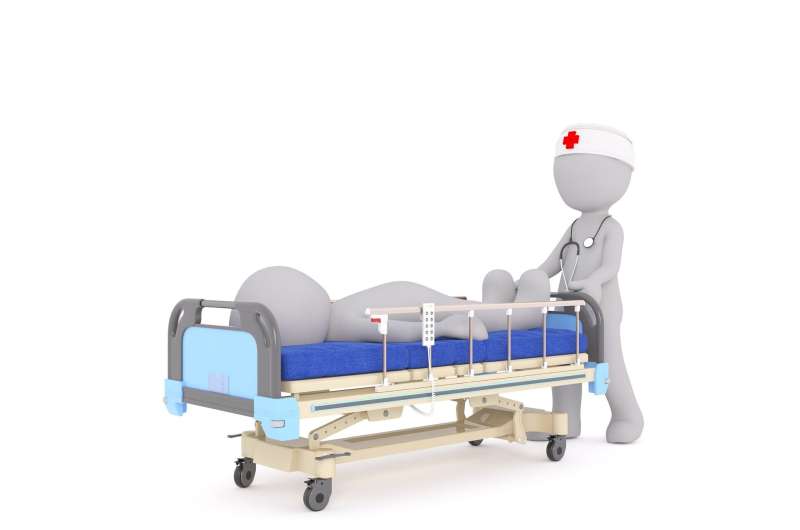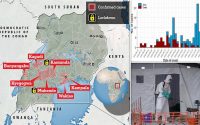Open-source patient model tops industry standard

A newly developed open-source patient deterioration model is improving care at the University of Michigan’s health system.
Now, a study published in the British Medical Journal demonstrates that it is effective at 12 other hospital centers around the United States, outperforming the accuracy of the widely used EPIC Deterioration Index by more than 21%.
In addition to the model’s effectiveness, the way it was made points the way to the dramatically faster development of future models, working around the challenges of sharing sensitive patient data.
Patient deterioration models help doctors and nurses make better decisions about care, for example, by proactively transferring the highest risk patients to the ICU before they deteriorate. They can also help providers identify patients at the lowest risk for serious complications—patients who may benefit from earlier hospital discharge or transfer to a lower-intensity care setting.
“We were able to develop the M-CURES model in a fraction of the time it took to build past models through close collaboration between clinicians and data scientists and by enabling other health systems to validate the model without sharing any of their patient data,” said Jenna Wiens, an associate professor of electrical engineering and computer science at U-M and a lead author of the paper.
Wiens explains that the ability to develop effective predictive models quickly can be crucial in a situation like a pandemic, where fast action is essential and the threat is poorly understood. Development of the M-CURES model, she says, began in early 2020, at the onset of the COVID-19 pandemic. The U-M health system, Michigan Medicine, needed a better way to predict the outcomes of COVID-19 patients.
Predictive models use machine learning algorithms that comb through vast quantities of patient data, “training” themselves by using correlations in past data to predict future outcomes. Prototype models are then validated using still more data from other patients.
The team’s first challenge was a lack of data for training the model, as COVID-19 was so new that the past patient data normally used to train models simply didn’t exist. So they used data from pre-pandemic patients, identifying a set of respiratory symptoms similar to COVID-19 and pulling in five years of data from those patients.
Next, the team worked closely with Michigan Medicine clinicians to shorten the typically months-long process of boiling down thousands of data points into a handful of key predictive indicators. They developed a hybrid approach where data scientists and clinicians worked together to weed out potentially misleading variables. That enabled them to validate the effectiveness of M-CURES at Michigan Medicine in just weeks.
“Our hybrid approach to feature selection made use of both data-driven techniques and clinicians’ expert knowledge,” said Fahad Kamran, co-first author of the study along with Shengpu Tang. Both are doctoral students in computer science and engineering at U-M. “This type of collaboration gave us confidence in the final model, even though limited data were available for validation early on in the process.”
To speed up the crucial step of validating their model at other health systems, Weins’ team pioneered an approach to avoid the months-long process of getting access to sensitive patient data. Instead, they simply sent their newly developed code to teams at other hospitals, which applied the model in-house and reported back the results. This enabled Wiens’ team to quickly validate the M-CURES model at a dozen hospitals around the United States with different structures and demographics, helping to ensure the algorithm is accurate and equitable.
The next step is for M-CURES to be used by Michigan Medicine’s rapid response teams as a real-time tool to identify patients at risk for deterioration.
“Rapid response teams are specialized clinical teams that can act quickly to intervene on patients before they experience bad outcomes,” said Michael Sjoding, assistant professor in pulmonary and critical care medicine at Michigan Medicine and clinical lead of the M-CURES development. “We are excited that the M-CURES model will support this effort.”
Perhaps the most significant outcome of the project is the ability to use the tactics developed for the M-CURES model to develop predictive models for emerging health threats more quickly in the future.
Source: Read Full Article


